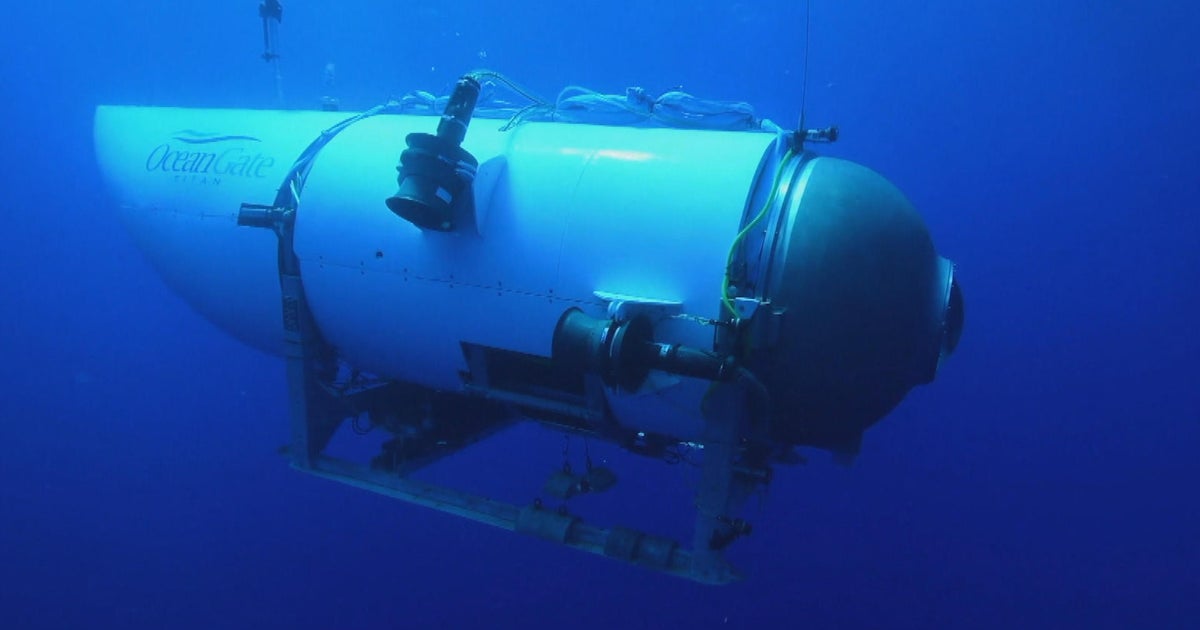London — The search for the missing tourist submersible, Titan, which disappeared while carrying five people down to the Titanic wreckage in the North Atlantic, has been a topic of much discussion. Locating the small vessel in the vast ocean is a daunting task in itself, and even if it is found, rescuing the crew presents another challenge.
As of Wednesday afternoon, surveillance planes detected banging noises, giving hope that the submersible might be floating on or near the surface. If this is the case, rescuers would be able to open it from the outside and save the crew. However, if the sub is on the seafloor near the Titanic wreckage, the rescue operation becomes much more complicated.
Titanic expert Tim Matlin expressed skepticism about the feasibility of a sub-to-sub rescue at such depths, stating that very few submarines are capable of reaching those depths. He also questioned the possibility of winching up the sub, as it would require an extensive length of heavy cabling.
The alternative option would be to use a flotation device called a lift bag to help raise the sub to the surface. However, this approach would be challenging due to potential entanglement in debris near the Titanic wreckage. Remotely operated vehicles (ROVs) would play a crucial role in either rescue option.
In the first scenario, ROVs could attach a cable to the sub and haul it to the surface, or dislodge it from any obstacles. According to marine autonomy professor Blair Thornton, ROVs equipped with high-definition cameras and lights would be employed in a rescue operation, attaching a cable to the sub and slowly winching it up.
However, this would be an unusual task for available ROVs, requiring adaptations to operate at such depths. ROV operators would need to think on their feet and find innovative solutions to unforeseen challenges.
The missing Titan has presented rescuers with an unprecedented situation, similar to the Kursk submarine incident in 2000. Experts noted that while ROVs have been used to retrieve instruments from the seabed before, recovering a manned submersible vehicle introduces new obstacles.
Once the Titan is located, there will still be uncertainties to address, such as the integrity of the sub’s housing and what is keeping it on the seabed. If the housing remains intact and the sub is not entangled, it should be moveable. However, time is running out quickly as the crew’s oxygen supply is limited.
Despite the challenges, rescue officials and experts hold out hope for a successful outcome. However, the harsh conditions and extreme depths add to the risks faced by the explorers on board the submersible.
Denial of responsibility! VigourTimes is an automatic aggregator of Global media. In each content, the hyperlink to the primary source is specified. All trademarks belong to their rightful owners, and all materials to their authors. For any complaint, please reach us at – [email protected]. We will take necessary action within 24 hours.


